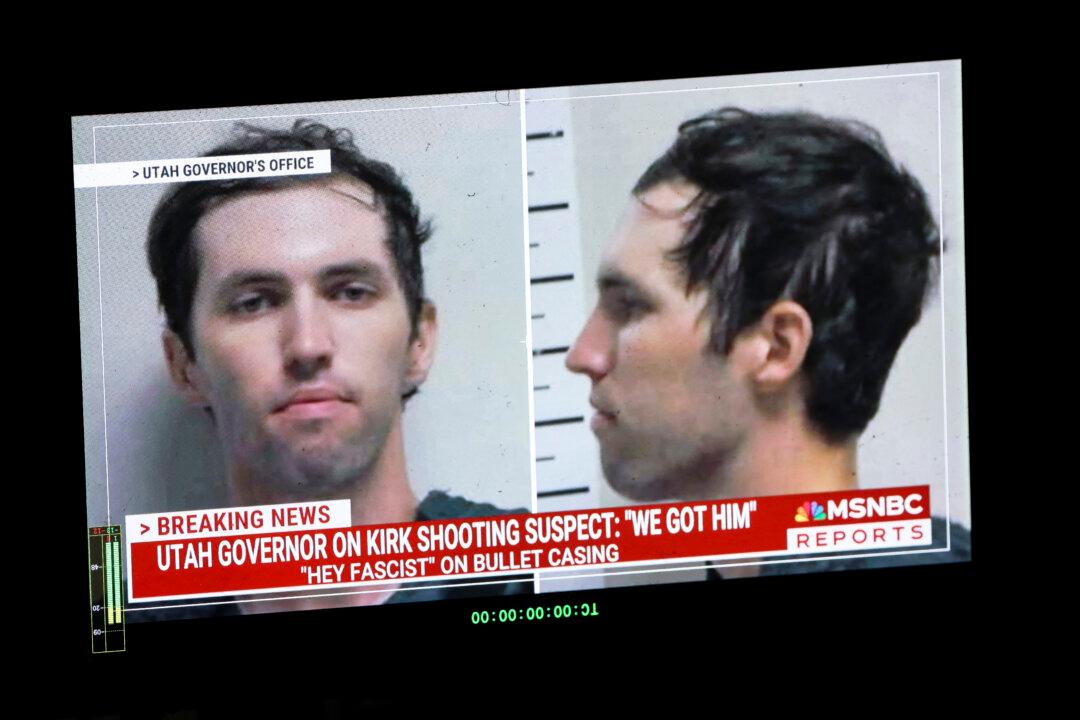Michael Schumacher, the seven-time Formula One champion, has not died although there’s a number of Facebook pages saying otherwise.
Schumacher hit his head while he was skiing about two weeks ago. He was rushed to a French hospital while he was in a coma.
He is in critical but stable condition.
Facebook has reportedly been trying to take down the “RIP Michael Schumacher” pages, but a number of Twitter users keep repeating them.
“Michael Schumacher overleden #rip,” wrote one user on Thursday. Added another: “RIP Michael Schumacher.”
ALBERTVILLE, France (AP) — For adventure athletes, it’s the new essential: a video of their exploits.
On social media, slogans such as “It ain’t bragging” read like a mission statement proclaimed by high-octane sports seekers who strap tiny cameras on to their helmets, bikes and bodies to document their weekend and vacation adventures.
Forget holiday snaps. Now only video action will do for a shoot-it-and-share-it generation of skiers and skydivers, snowboarders and bike riders.
Michael Schumacher was wearing a camera on his ski helmet when he sustained severe brain injuries falling headfirst onto a rock Dec. 29 on a French Alps slope during a family vacation. He remains in a critical but stable condition while doctors at a hospital in Grenoble keep him in a medically induced coma to ease the stress on his brain.
On Wednesday, the prosecutor and investigators examining what caused the retired Formula One great’s crash in Meribel told of what they had learned so far from two minutes of images, which were not made public.
“He was skiing between three and six meters (10 and 20 feet) away from the regular ski trail,” Albertville prosecutor Patrick Quincy told a news conference at the Palace of Justice in the 1992 Winter Olympics host city.
“At one point, his skis struck the top of a rock slightly visible above the snow. He loses his balance and his body falls ahead of the rock. His head hits a rock located approximately 3.5 meters (11.5 feet) below. The first rock and the second one that he hit with his head are eight meters (26 feet) away from the border of the ski trail.”
Quincy said more detailed, frame-by-frame analysis was ongoing, though it seemed clear that Schumacher was not skiing at excessive speed.
“His pace was completely normal for a skilled skier,” said Lt. Col. Benoit Vinneman of the regional police investigation unit.
Olympic champions such as snowboard icon Shaun White and downhill racer Lindsey Vonn have helped spread the word about helmet cameras sponsored by brand-leading camera manufacturers such as California-based GoPro.
The footage filmed using the devices, which typically retail for $300-$600, also is used by investigators trying to piece together the chain of events in the aftermath of crashes and accidents.
Since Schumacher also is an accomplished skydiver, an activity where helmet cameras are widely used to capture the adrenalized thrill of the descent, it was not unusual that he should have, and wear, one for a Sunday morning skiing outing with family and close friends.
After two Icelandic skydivers died jumping alongside each other in Florida last year, footage from their helmet cameras showed that one had tried to save the second just before they landed.
There has been no evidence that Schumacher took any unnecessary risk that led to his crash.
Still, accident experts question if the cameras, and the quest for dramatic footage, have any impact on the safety of wearers already pushing themselves to extremes.
“It’s a possibility that the psychology of such people can induce them to take even more risks,” said Daniel Menna, spokesman for the Swiss Council for Accident Prevention.
Menna told The Associated Press on Wednesday that his department logged 65,000 incidents involving skiers and snowboarders in Switzerland in 2010, the most recent year that complete statistics are available in the Alpine nation.
“To create images that are not boring, you could concentrate on the purpose to take films and not the purpose to be safe on your skis,” Menna said. He added that any potential tendency of helmet cams leading to more risk-taking and accidents was not yet reflected in official statistics.
A definitive evaluation of Schumacher’s speed could still be established by Quincy’s investigation, which the prosecutor said could be completed within several weeks though he gave no deadline.
Quincy said the inquiry, which is standard after any major skiing accident, was intended to discover what happened, not necessarily fix blame.
Without specifying, he said authorities plan to interview more witnesses. Schumacher’s 14-year-old son Mick was also skiing in their small group.
Quincy said experts would be called in to review the Schumacher camera footage, though the exact reason why the German racing driver chose to ski off a groomed track into a small, rock-strewn area of open ground could remain unclear.
“If we receive other testimony that would establish another motive than skiing in this powder and off piste snow, including to rescue someone, but I do not have these elements so it is difficult for me to speak about it,” the prosecutor said.
Schumacher’s doctors have consistently refused to predict when he might be able to add his own words to the images captured on camera.
In the meantime, the popularity of the helmet cameras seems likely to increase.
Users need to additionally spend around $40 to fix cameras on a strap which wraps around a helmet, or mounting to attach to a ski pole or handlebars. Video editing software is available free to download.
Endorsement from top athletes and increased exposure from capturing adventure sports events such as the X Games also are pushing cameras as a must-have gadget.
Injury lawyer Edouard Bourgin, who specializes in skiing accident cases, said use of video cameras on ski slopes is just part of the technological revolution of recent years — allowing lawyers to use evidence from video footage, text messages or online postings for case files — especially in criminal cases.
Bourgoin said he was unaware whether helmet camera video had ever been used as part of an Alpine skiing case, but that he “doubted the Schumacher accident was a first.”
“It’s clear that a skier who doesn’t go the proper speed or goes too fast can see his right to compensation reduced depending on his or her own fault,” Bourgin said from his office in Grenoble, where Schumacher has been hospitalized.





